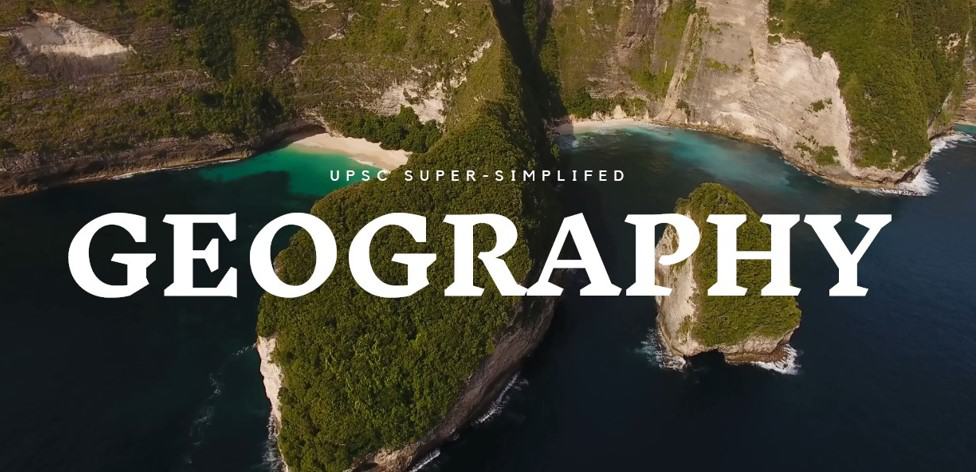
Everything that happens to the Earth IS literally, Geography. Geography is the story of the profound inter-connectedness of our world.
It is essentially the story of the Earth. This story features not only the Earth’s physical processes (Volcanoes, Earthquakes, Continental drift, ocean current etc) but also of its inhabitants- plants, animals, human communities, cultures and how the two interact with each other in myriad ways to make a world in which we consume the Earth, and the Earth consumes us in a cyclical feedback loop. For instance, when we cause global warming causing the Earth’s icecaps to melt, nature in turn, increases global temperature, sea-levels and disrupts human lives.
Excerpt from National Geographic website-
“Geography is the study of places and the relationships between people and their environments. Geographers explore both the physical properties of Earth’s surface and the human societies spread across it. They also examine how human culture interacts with the natural environment, and the way that locations and places can have an impact on people. Geography seeks to understand where things are found, why they are there, and how they develop and change over time.”
Read the full Article here: https://www.nationalgeographic.org/encyclopedia/geography/
This is why geography is understood at two broad levels- physical and human geography.
UPSC Geography Syllabus
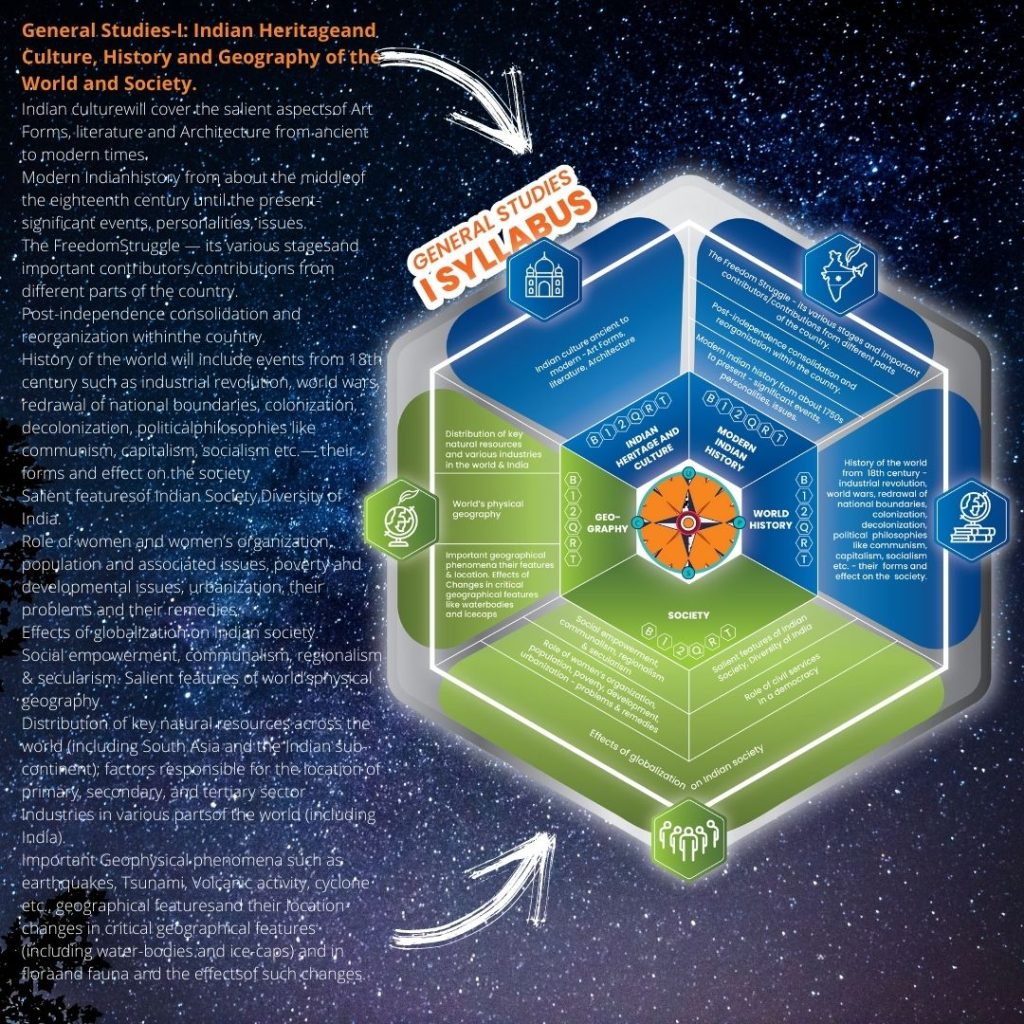
A serious UPSC Aspirant should keep his focus on Indian geography after understanding the concepts and fundamentals of physical geography. Geography is deeply inter-connected with Environment and with Society (Human geography is nothing but a study of human societies from the point of view of a geographer instead of that of an anthropologist or a sociologist)
How to prepare Geography for UPSC?
Mapping is Key – The MAP7 PROTOCOL
Maps are densely packed visual information. Although it looks easier to understand than text, maps can be challenging because of the level of detail they can represent. A map can tell you about Soil conditions, physical features, human settlements, rivers, dams and everything all in ONE image.
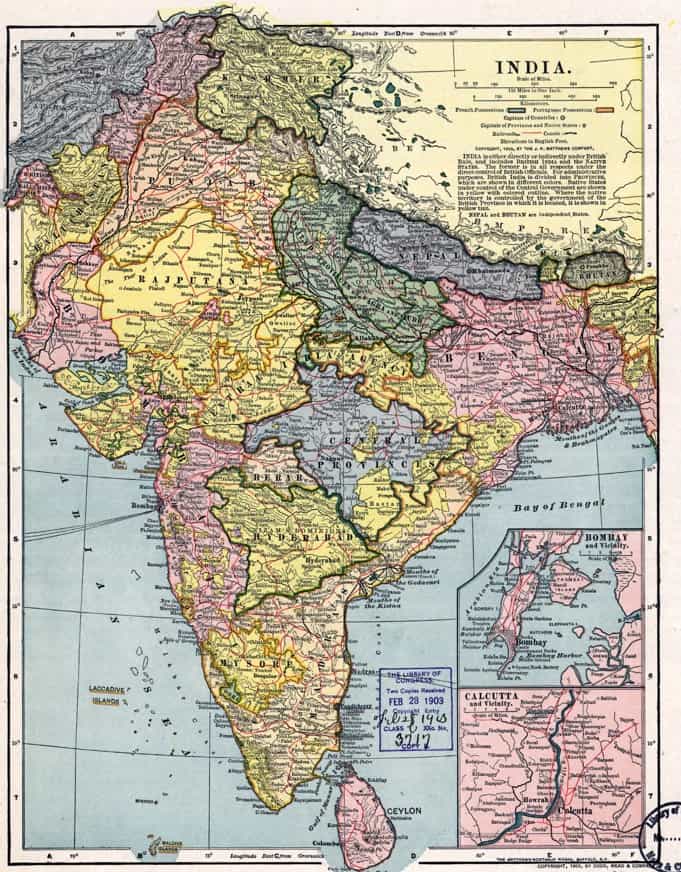
This means your brain will not capture all of it at a glance- or at multiple glances.
The best way to memorize maps is to first understand what the Earth is like- to get a basic idea of geological processes.
For instance, before diving into a detailed map of India, you should know that the Indian peninsula was a separate landmass which collided with the Eurasian plate giving rise to the Himalayas.
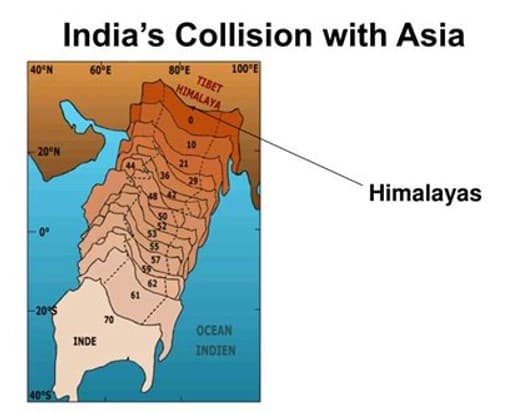
After getting a basic idea of Earth’s geological history and major systems ( oceans, climate etc) the ideal way to consume visual content like maps is to do it alongside conceptual understanding and to OVERLAY layers of detail one on top of the other using the MAPSEVEN PROTOCOL (MAP7)
THE MAPSEVEN (MAP7) PROTOCOL
Step1: RECREATE the outlines of the Map with your OWN hands a few times before filling in the details.
Step2: Fill in the river systems and major drainage systems of the country. Notice how rivers form the basis of deltas, human settlements, borders of some states etc.
Step3: Fill in the next level of detail which is political boundaries of states.
Step 4: Fill in the other physical features such as mountains, deserts, plateau, plains etc. and notice how this too, is closely related to major river systems. Ex- Where you find dense vegetation on the map there must be a forest reserve or national park nearby.
Step5 : Fill in the location of different agriculture practices in different areas of the map. Notice how they correspond to the physical features and contribute to the ideal conditions for growing the crops which are grown there. Ex- notice and ask why coffee plantations are located in one part of the country and not in others.
Step6: Fill in details of natural resources of the country like Iron-ore, steel, coal and why this is the case. Ex- Uranium is found in some beaches of South India and nowhere else.
Step7: Fill in the location of major industrial centers and think about why they are located there- The reason will invariably be a combination of proximity to natural resources, access to ports, highways, cheap labor etc. Notice these inter-connections acutely.
**The above protocol has been designed following a conceptual progression of ideas which will help the learner make deeper inter-connections from the ground-up. Follow the above to maximize map-learning
Suggested Progression of topic for UPSC Geography for maximum conceptual clarity and learning efficacy World Geography
World Geography—> Indian Physical geography—–> Indian Economic Geography—-> Indian Human Geography—–>Current Events pertaining to Geography
Location, Location, Location
An important perspective to keep in mind is that while preparing is ‘distribution” – this means knowing where important things like national parks, volcanoes, ports etc. are located. This perspective is the reason a lot of Geography is factual- to build a base of knowledge, you should know where in India rivers are located, where the dams are located, where important highways are located etc. This is where mapping comes into the picture.
This distinguishes Geography from Economics. Where geography focuses on location of everything in the world- including humans, Economics focuses on the dynamism of human exchange and how geographical inputs are converted into terms of human value like goods, petrol, money, mobile phones and the buildings you see around you.
Everything is connected
The Earth is a system and every sub-system is connected to other sub-systems. A case in point is weather. What occurs in the atmosphere determines the price of bananas and onions in much the same way that the atmosphere is changed by what we do here on the surface ( see ozone holes)
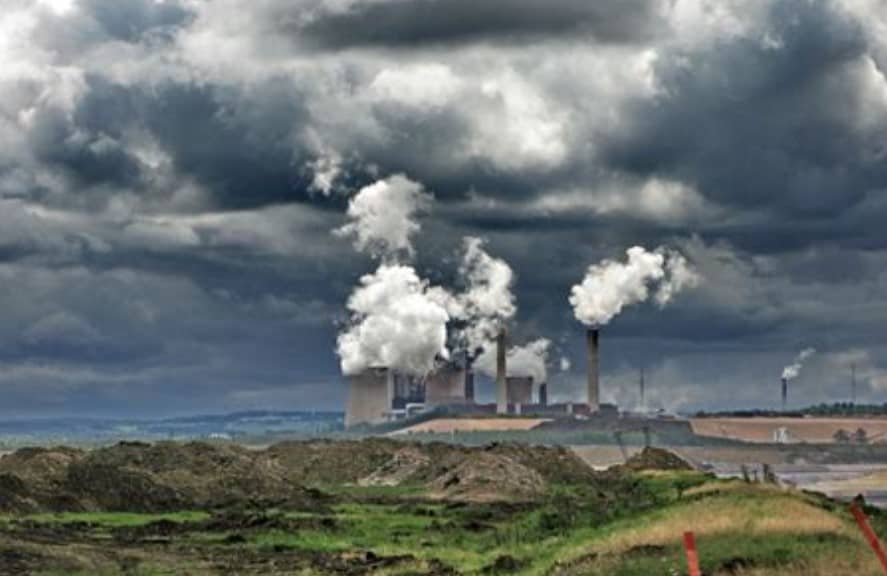
This type of thinking is essentially Big Picture Formation of the Hexatask method– The most scientific method of learning geared towards the UPSC exam.
Once your foundations are solid, you will not see Geography as a series of disparate facts and locations to be remembered.
Geography is interwined with multiple subjects in the syllabus
Besides the intimate connection of Geography and Economics mentioned above, the other major areas of overlap, esp wrt to the UPSC syllabus are-
- Geography and Environment are inter-twined While almost synonymous, there are subtle difference between the study of Geography and that of the Environment. Like everything else, they are intimately inter-connected.
- Geography and Disaster management: Mother nature is the only manufacturer of Natural disasters and at times, an existential threat to human beings. Tsunamis, Earthquakes, Volcanoes, Cyclones and hurricanes are capable of destroying lives in the blink of an eye. The human capacity to detect the threat and to protect against is the subject matter of Disaster Management. The threat can only be understood or anticipated with knowledge of geography.
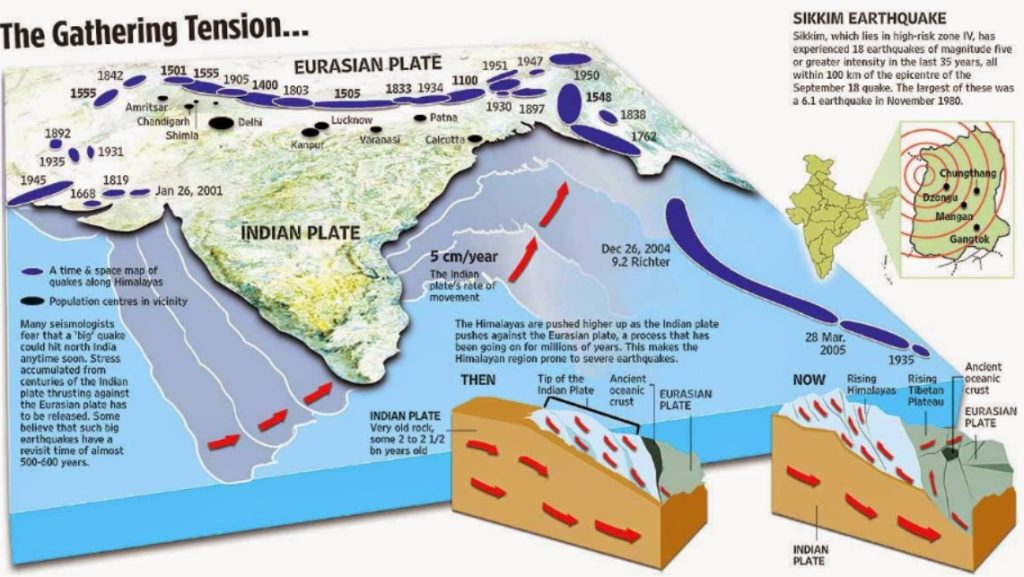
Suggested Books and Resources for UPSC Geography
- Class 11th NCERT: Fundamentals of Physical Geography
- G.C Leong: Physical and Human Geography
- Class 11th NCERT: India Physical Environment
- Class 12th NCERT: Fundamentals of Human Geography
- Oxford/ Orient Black swan Atlas for Mappings
- Maps: https://www.mapsofindia.com/geography/
I hope you make the most of this lesson and treat Geography like a subject of fascination which it is.
All the best!
Tc
Ravi Kapoor, IRS
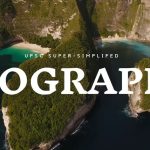
Thank you so much sir but I am so late for it
Thank you so much sir
This post is really beneficial. It gave me a better perspective towards learning not only Geography but other UPSC subjects as well.
Thank you so much Sir!
Very greatful for this notes sir
Thank You so much sir for providing this precious valuable content.
Thank You so much sir for this INFORMATION it was too usefull for navigating my Geography prep for UPSC journey Thank you so much
Thank you sir, for this opportunity.
Thank you for this opportunity.
Sir
Excellent simplification of the subject,make us exciting to study,and proper way of achieving the techniques in this subject ,thanks a lot for giving us this opportunity..
Thank you sir for your support.
thank you sir….
thank you sir
Thank you sir,Your excellent guidence
For taken UPSC competitive exams.
To helpful all assiperents
Thank you sir,Your excellent guidence
For taken UPSC competitive exams.
To helpfulness all assiperents
I am grateful for your support .Thank you for this session sir.I am sure it will open a new door of opportunity for me.
Thankyou sir, I am Shubham Kumar, a final year engineering student. I am also an UPSC aspirant.
Sir, This is very beautiful content for briefing ” What is Geography? “. Sir, but I did’t understand the second picture which include map about Indian plate and Eurasian plate, Can you please help me to get understand this very well.
Thank you for this great work…
Thank You so much Sir, I am enjoying the way you teach. I am feeling lucky to be a part of this. You are making things very simple for others.
This is a wonderful article! I sincerely appreciate the thought you have put into creating MAP7 and it is also helpful that you have shortlisted resources to learn Geography which saves a lot of time for the beginners who are trying to find the right “book”.
Thank you Sir for starting your coaching series. I just joined and find it really helpful.
Insightful. Thankyou so much.
Thanku sir , i m happy to join your mentorship program
Thankyou so much Sir
Thank you sir
Thank you so much sir it’s very helpful for us
Thankyou sir
thankyou sir
Thank you sir for for explaining complicated things in such simplified way
Thank you sir for such a awesome facts and information about geography.
I’m very late to this but I have to catch up with all my reading. You have certainly outlined some very interesting tasks. Maps are fun and I can’t draw but I should try to fill in a blank map at least. Thank you, sir. 🙂
Thank you very much Sir.
Explanation of fundamentals of subject matter helpful to understand how to do preparation of subject with concept.
It’s exciting, informational, explain in simple way.I feel geography is easy. frameworks are the best,give a specific way to explore geography. I am glad to join this program and thank you so much sir for creating a such type of guidance path.
Thankyou so much sir for such a great guidance.
Thank you so much sir
Now i got a clarity
Well not fully
But got some
Thanks
It gives us a lot more conceptual clarity and interlinking between the different aspects in geography
This super simplified overview of geography and map7 protocol really made everything easy to understand and interconnect the topics. Honestly I never thought that maps could be this simple to understand and learn.
Great overview of geography for beginners
Thank you sir
Great insight for the beginning. Looking forward to learn more in detailed Geography to get conceptual clarity.
Thanks a lot sir for this nice prospective of Geography ?
Thank you very much sir?
Thank you sir
Thanks a lot sir for this wonderful session??
Thank you so much, Sir!
Thank you sir. It’s very helpful for me.
Thank you Sir
Thank you sir for providing precious strategy to cover geography and understand the concept of clarity making this subject easy to learn
Thank you, sir. This post has enabled me to proceed with my geography studies.
Thank you so much Sir however it is just an overview of the geography syallabus but most of the times we neglect it and directly jump into the books and don’t have much clarity about how deeper we have to delve into the topic…and waste our time by focusing and memorising on unnecessary things….
….I think the great man in this world is the one who make the copmlicated things simpler this is what you have done….:)
Thank you sir to giving me this oppertunity , and this session is very helpful for me
Thank you very much sir
thank you so much sir for this amazing session .and sorry for being late yesterday due to having a serious cervical pain .
This assignment give deep knowledge of connectivity
Thank u sir??
Thank you sir for your guidance, it was really helpful.
Thanku sir. Happy indendence day. Jai hind sir??.
Thank you so much sir your support ?
Respected sir , Thank you for this amazing lesson and video. This is really very helpful for us .
Thankyou so much sir ?
Thank you, Sir, for providing a Holistic, simplified, and interlinked approach to this fascinating subject.
Thankyou sir it’s very helpful for me
Thank you sir. It is so helpful for us.
Thank you Sir, It is very helpful information and time saving
Thank u sir this will help us out and safe our time
Thanks alot sir for providing all category of materials in one place, it would be easy for us to access .. thank you sir..
Thank you sir it’s very helpful
Thanks alot sir for providing all category of materials in one place, it would be easy for us to access but behind there is a lot of struggle by you sir.. thanks alot sir..
Thank you sir
thank you sir… would you please provide the same for other subjects also
Thank you sir doing hardwork for us
Thank you sir for this amazing lesson and video. It makes the geography easier. Thank you sir
This is very helpful and a boon to our preparation.
Thankyou so much
Never paid attention to the features before, just read. Got the concept of mapping that how are they interrelated. What information does map convey. Thank you Sir.
Thank You so much sir for this INFORMATION it was too usefull for navigating my Geography prep for UPSC journey.
You gave me a different prespective towards geography
I never approached geography in this manner earlier ,interlinking everything like this seems really helpful. Thankyou sir for this amazing lesson.
Very useful
For me the interconnections concept which I get from here is really made geography easy and intresting to learn and know more about it. Thank u sir
great insight. Thanks Sir for such a valuable resource.
Thank you very much sir …..
Thanks a lot sir
Thank you for providing this precious strategy to eliminate difficulties in geography and making this subject fun to understand
This was certainly helpful in numerous ways. Thank you for providing this guide.
Thank you Sir.
Most helpful
Thank you sir
It is very helpful
Thank you so much sir